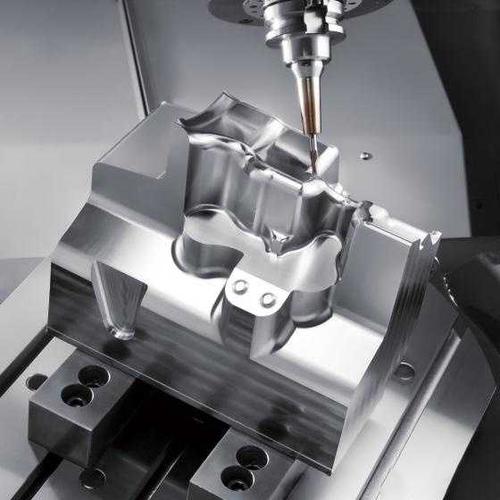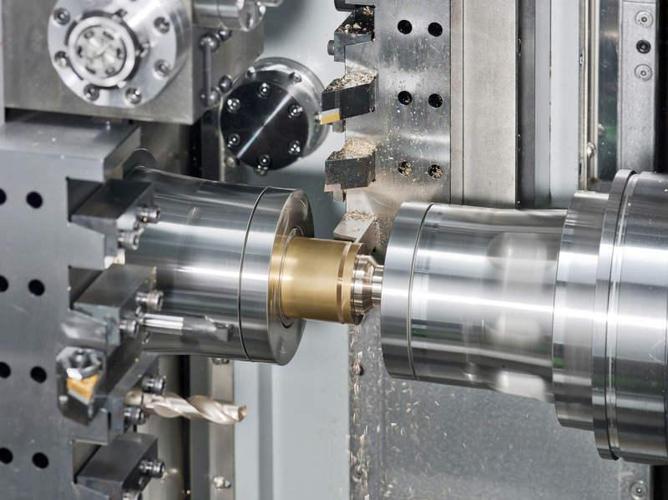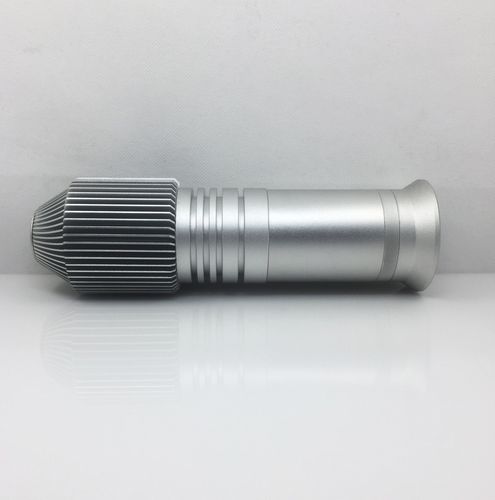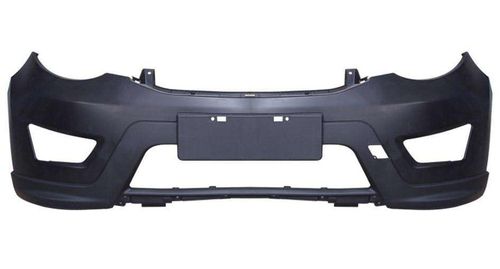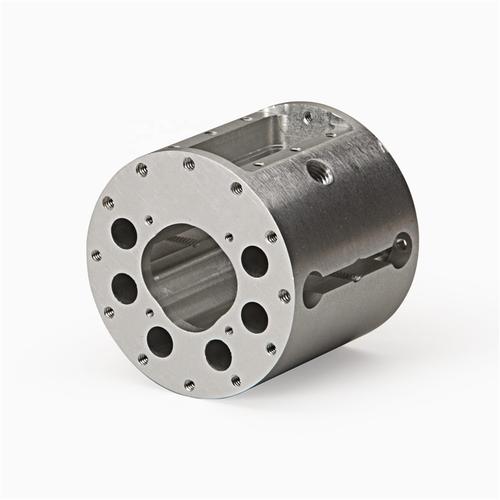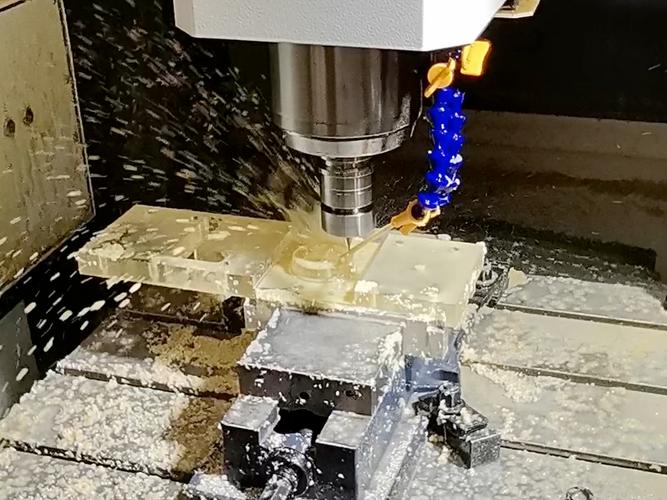
1、Answer
The CNC machining process is a computer-controlled manufacturing method where pre-programmed software dictates tool movements to shape raw materials (e.g., metal, plastic, wood). It involves steps like design (CAD), programming (CAM), material setup, automated cutting/forming, and quality inspection, enabling high-precision production of complex parts.
2、Expansion
Core Stages of the CNC Machining Process
-
Design (CAD Modeling)
- Engineers use software like AutoCAD or SolidWorks to create a 3D model of the part, defining dimensions, tolerances, and surface finishes. For example, designing a turbine blade with intricate airfoil curves or a medical implant with patient-specific geometry.
- Key Output: A CAD file (.step, .stl) that serves as the blueprint for machining.
-
CAM Programming
- CAM (Computer-Aided Manufacturing) software translates the CAD model into G-code (numerical instructions for the CNC machine). This involves:
- Selecting tools (e.g., end mills, drills, lathe tools).
- Defining toolpaths (e.g., roughing to remove most material, then finishing for precision).
- Setting parameters: spindle speed (e.g., 10,000 RPM for aluminum), feed rate (mm/min), and depth of cut (e.g., 0.5 mm for fine details).
- Example: For a CNC mill machining a gear, the CAM software might generate a helical toolpath to cut tooth profiles with 0.02 mm accuracy.
- CAM (Computer-Aided Manufacturing) software translates the CAD model into G-code (numerical instructions for the CNC machine). This involves:
-
Material Setup and Machine Preparation
- The raw material (e.g., a metal billet, plastic block, or wooden plank) is secured in the machine’s workholding device (e.g., a vise, chuck, or vacuum table).
- Calibration: The machine’s axes (X, Y, Z, and rotational axes in 4/5-axis machines) are zeroed to align with the part’s coordinate system. For instance, a CNC lathe must precisely center a steel rod before turning it into a shaft.
-
Automated Machining
- The CNC machine executes the G-code, moving tools along precise paths to remove material via cutting, drilling, milling, or turning.
- Multi-Axis Capability: 3-axis machines move along X, Y, Z; 5-axis machines add rotational axes (A, B), allowing simultaneous movement for complex shapes. For example, a 5-axis mill can machine a propeller blade from all angles in one setup, reducing the need for manual repositioning.
- Coolants/Lubricants: Used to reduce heat and tool wear during machining (e.g., cutting oil for steel, air cooling for plastics).
-
Quality Inspection
- After machining, parts are checked against the CAD model using tools like coordinate measuring machines (CMMs) or optical scanners. For example, a aerospace bracket might be scanned to ensure all holes are within ±0.01 mm of design specs.
- Iteration: If errors are found, the G-code is adjusted, and the process repeats until the part meets requirements.
Types of CNC Machines and Applications
- CNC Milling Machines: Use rotating cutters to remove material, ideal for 3D shapes (e.g., engine blocks, aluminum extrusions).
- CNC Lathes: Spin the workpiece while cutting tools shape it (e.g., turning cylindrical parts like shafts, pipes).
- CNC Router: For softer materials (wood, foam, plastic), used in signage, furniture, and prototyping.
- Swiss-Type Lathes: Specialized for small, precise parts (e.g., watch components, medical screws) with high-speed, multi-axis capabilities.
Advantages of the CNC Process
- Precision: Achieves tolerances as tight as ±0.001 mm, critical for industries like aerospace and robotics.
- Efficiency: Runs 24/7 with minimal labor, producing identical parts rapidly (e.g., 1000 smartphone casings per day).
- Complexity: Handles intricate designs impossible by hand, such as lattice structures in 3D-printed molds or turbine blade internal cooling channels.
Challenges: Requires expertise in CAD/CAM and machine operation, with high upfront costs for advanced machines (e.g., a 5-axis mill can cost $500k+). However, its versatility and precision make CNC machining indispensable across manufacturing, from prototyping to mass production.

